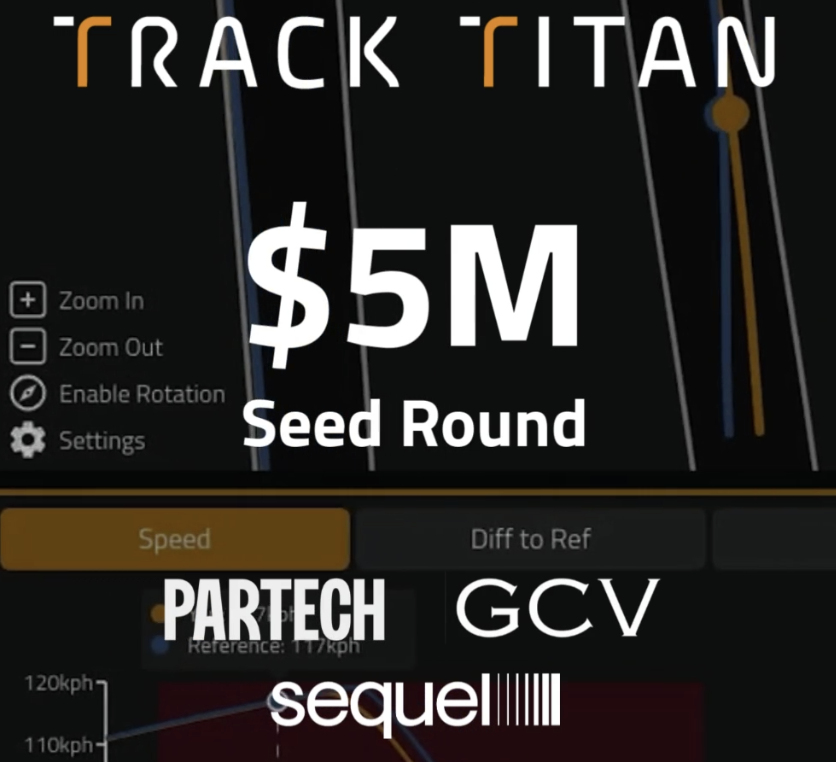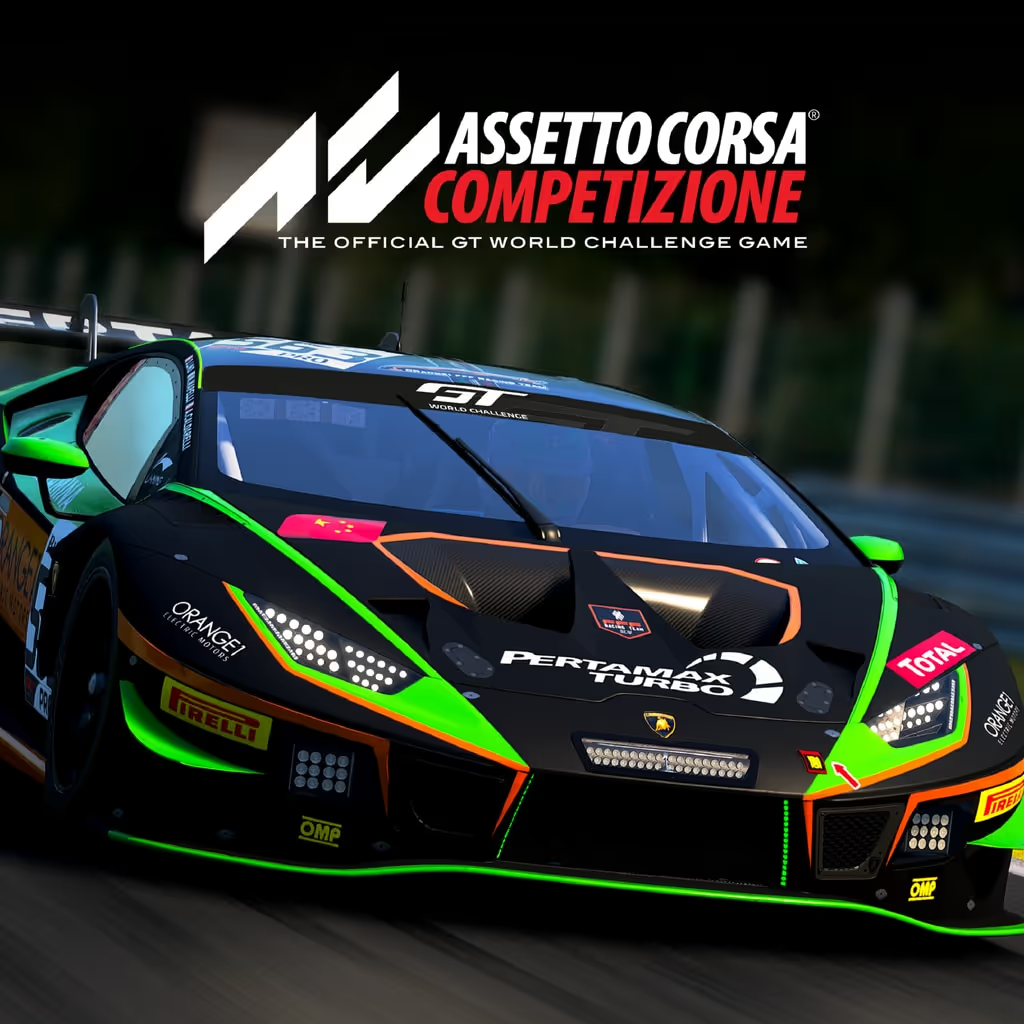Unveiling the Distinct Aerodynamic Worlds of F1 and IndyCar
Formula 1 (F1) and IndyCar are two of the most prestigious and exciting forms of open-wheel motorsport, captivating fans worldwide. While they may share some similarities in their fundamental concept, they differ significantly in various aspects, including aerodynamics.
In this article, we will delve into the distinctive aerodynamic characteristics that set F1 and IndyCar apart.
The Fundamental Differences
Purpose and Racing Philosophy:
Formula 1: F1 is often seen as the pinnacle of motorsport, where innovation and cutting-edge technology play a central role. The philosophy of F1 is rooted in pushing the boundaries of engineering excellence and aerodynamics, seeking to extract every ounce of performance from the cars. The primary goal is to achieve the fastest lap times, leading to an emphasis on high-speed performance and aerodynamic efficiency.
IndyCar: IndyCar racing, on the other hand, places a strong emphasis on competitive parity and driver skill. The cars are designed to race closely together, encouraging overtaking and wheel-to-wheel battles. While aerodynamics are important, the focus in IndyCar is more on providing an exciting spectacle rather than pushing the absolute limits of aerodynamic performance. Indycar is also a spec series, meaning that all cars use the same chassis and the teams only have control over setup.
Design and Regulations:
Formula 1: F1 cars are aerodynamic masterpieces, meticulously designed to minimise drag and maximise downforce. The regulations governing F1 are highly prescriptive, with strict limits on various aerodynamic components, including wing dimensions, bodywork shapes, and diffusers. Teams invest heavily in wind tunnel testing and computational fluid dynamics to gain an edge within these regulations.
IndyCar: In contrast, IndyCar regulations are more permissive, allowing for a greater range of aerodynamic configurations. This freedom promotes diversity in designs and allows teams to experiment with different setups to suit various track types, including ovals, permanent circuits, and street circuits. IndyCar's "universal aero kit" concept seeks to streamline and simplify aerodynamics, reducing development costs and promoting closer competition.
Key Differences in Aerodynamics
Downforce vs. Minimal Drag:
Formula 1: F1 cars are designed to generate immense downforce, which presses the car onto the track and improves grip in corners. The complex front and rear wings, along with intricate bargeboards and diffusers, create high levels of downforce. This enables F1 cars to take corners at incredibly high speeds, but it comes at the cost of increased drag, limiting top speed on straights.
IndyCar: IndyCar places greater emphasis on minimising drag to enhance straight-line speed and overtaking opportunities. While IndyCar cars still generate downforce, the emphasis is on achieving a balance between grip and low drag. The universal aero kit introduced in 2018 simplified the aerodynamics and reduced turbulence, improving the quality of racing.
Weight Distribution:
Formula 1: F1 cars are known for their advanced aerodynamic design, but they also focus on maintaining precise weight distribution. The weight distribution plays a critical role in how the car handles, particularly in high-speed corners and under braking. F1 teams meticulously adjust the car's balance through the use of aerodynamic elements and weight placement to achieve optimal performance.
IndyCar: IndyCar places less emphasis on strict weight distribution, allowing for more flexibility in setup. The cars are designed to be versatile and adaptable to different tracks. Teams may have more freedom to adjust weight distribution to suit the specific characteristics of each circuit, such as ovals, road courses, and street circuits.
Ovals vs. Permanent Circuits:
Formula 1: F1 primarily races on permanent circuits and street circuits, where high downforce and aerodynamic efficiency are critical for navigating tight corners and chicanes. The cars are optimised for these track types, with complex aerodynamic packages designed to provide maximum grip and control.
IndyCar: IndyCar, on the other hand, features a mix of oval, permanent, and street circuit races. Oval tracks demand a unique aerodynamic setup, with a focus on minimising drag and achieving stable handling during high-speed oval racing. This diversity of tracks requires IndyCar teams to adapt their aerodynamic configurations for each race.
While Formula 1 and IndyCar both belong to the realm of open-wheel racing, their approaches to aerodynamics diverge significantly due to their distinct philosophies, regulations, and race types. Formula 1 prioritises engineering excellence and aerodynamic complexity to achieve ultimate performance, whereas IndyCar emphasises close competition, diverse tracks, and simplified aerodynamics. These differences in aerodynamics contribute to the unique appeal and character of each racing series, making both F1 and IndyCar compelling and captivating forms of motorsport for fans around the world.




.png)





















